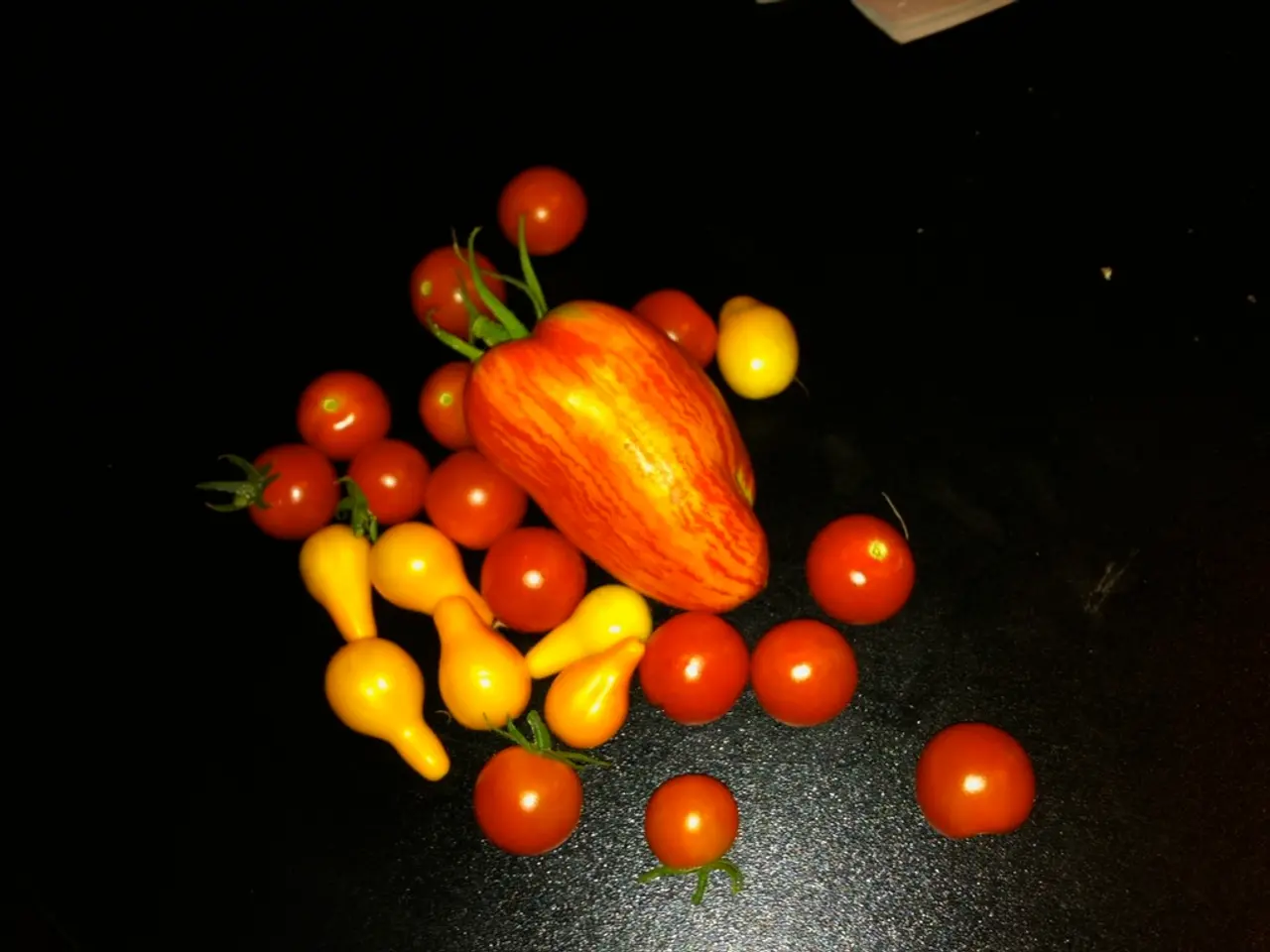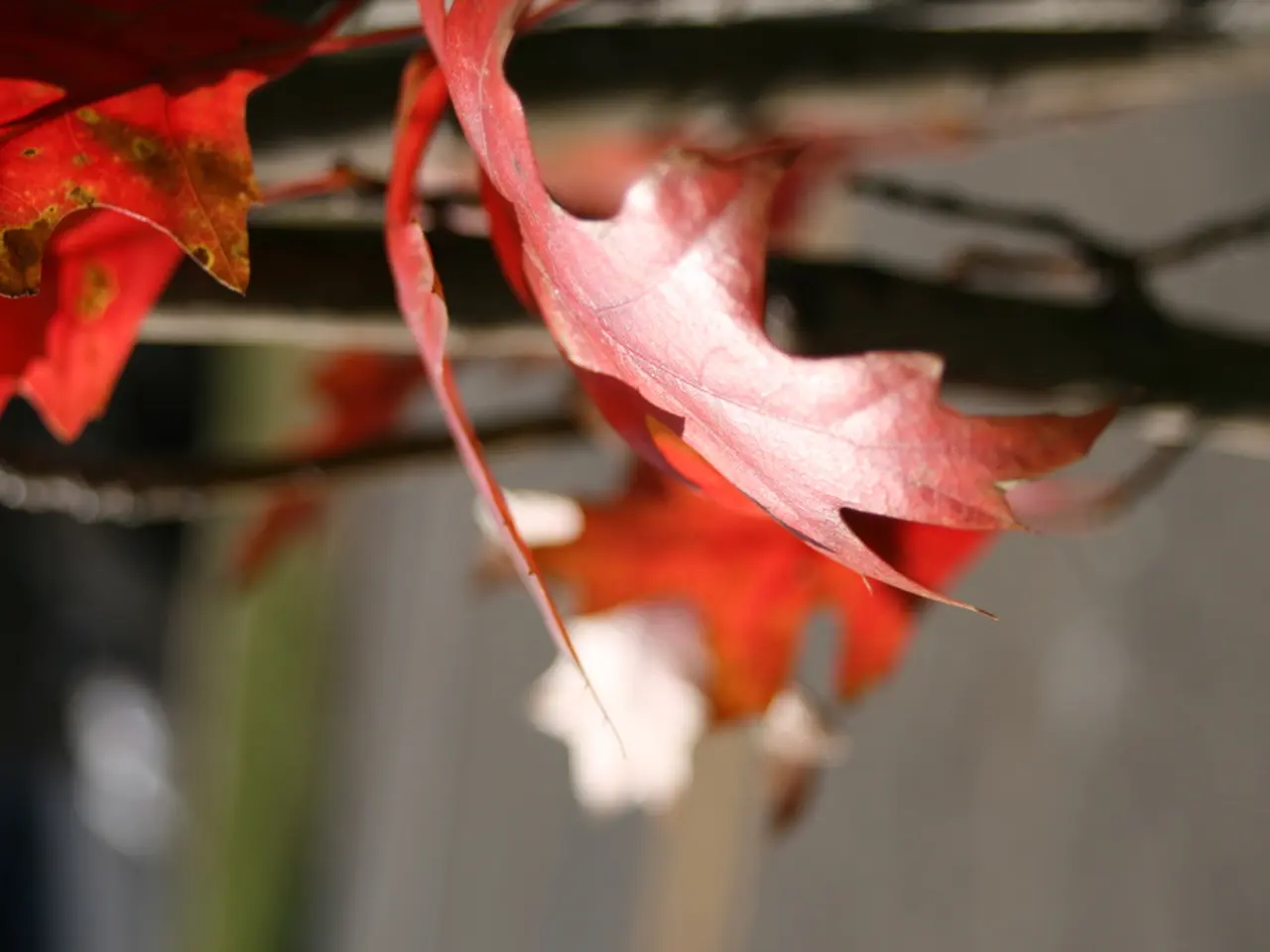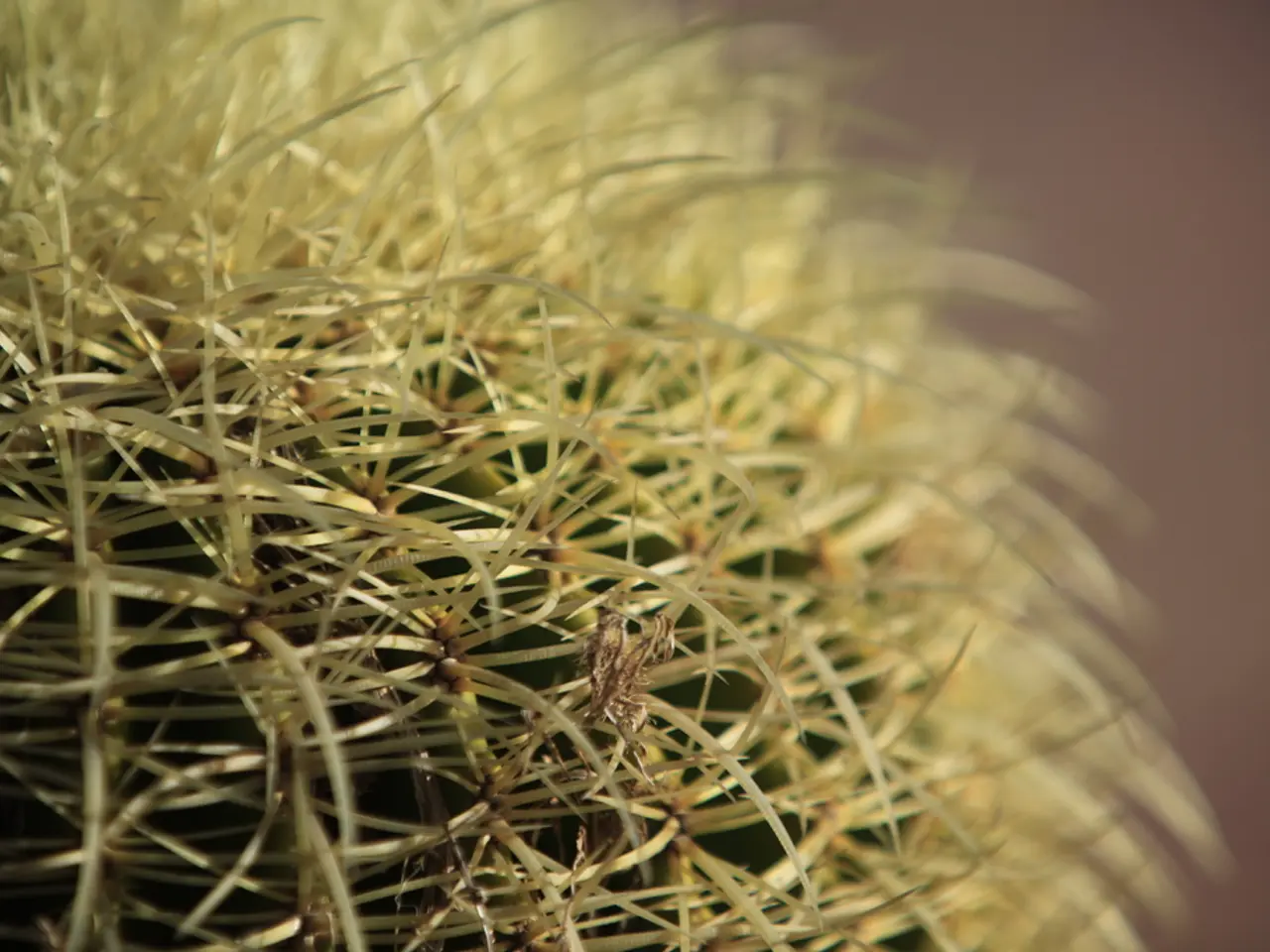Picking Jalapeno Peppers: Guidance for Gardeners on the Best Time to Harvest
In the world of spicy peppers, jalapenos stand out as a popular choice for many home gardeners and cooks. Here's a guide to help you grow, harvest, and preserve these vibrant peppers for maximum flavour and heat.
Jalapenos thrive in well-drained soil rich in organic matter, and they require at least six hours of direct sunlight daily. The optimal time to pick jalapenos for the best flavour and heat is when they have reached full size (around 2-3 inches) and are still green. This timing allows for the balanced development of both flavour and heat, as fully mature green jalapenos tend to have the characteristic spicy flavour that most people seek.
When harvesting, look for bright green, firm peppers that are not too hard. Avoid soft or wrinkled ones, as these are signs of overripeness or aging. Jalapenos can be refrigerated in a plastic bag with a zip lock, leaving it slightly vented, to keep them fresh for about a week.
For those who prefer a milder pepper, green jalapenos are the way to go. For a spicier kick, wait for the peppers to turn red. However, red jalapenos are more perishable and less commonly found fresh.
Preserving jalapenos is also a great way to enjoy their flavour throughout the year. Drying and pickling methods can help keep them tasty and crisp for long-term storage. Freezing jalapenos can keep them fresh for up to six months, but it's best to slice or chop them and flash-freeze them to prevent sticking together.
Maintaining a healthy soil environment is crucial for jalapeno plants. A soil pH between 6.0 and 6.8 is ideal. Good drainage is important to prevent overwatering, which can lead to root rot. Mulching helps retain moisture and keeps the temperature stable around the plants.
Identifying problems early is essential to keep jalapeno plants thriving. Signs of fungal diseases, such as powdery spots on leaves, may indicate the presence of these diseases. Water-soaked spots turning brown or black with yellow haloes may be a sign of bacterial leaf spot. Mushy spots on the peppers may indicate rot.
Pests can also pose a threat to jalapeno plants. Distorted leaves may indicate an aphid infestation. Companion planting with marigolds and using essential oils like rosemary or peppermint can deter many pests naturally. Preventive measures include maintaining healthy soil with good drainage, rotating crops each year, and using neem oil or insecticidal soap to control pests.
Gardening expert Glen, with over 15 years of hands-on experience in garden maintenance, design, and landscaping services, shares his knowledge through a blog dedicated to gardening. His helpful content provides valuable insights for those looking to grow their own jalapenos.
In conclusion, with the right care and attention, growing and preserving delicious and spicy jalapenos can be a rewarding experience. Whether you're a seasoned gardener or a beginner, following these tips will help you enjoy the flavour of jalapenos all year round.
Jalapenos, a popular choice in both home-and-garden and lifestyle, demand well-drained soil rich in organic matter and at least six hours of direct sunlight daily for growth. In your home, you can preserve these vibrant peppers for maximum flavour and heat through methods like drying, pickling, and freezing.




